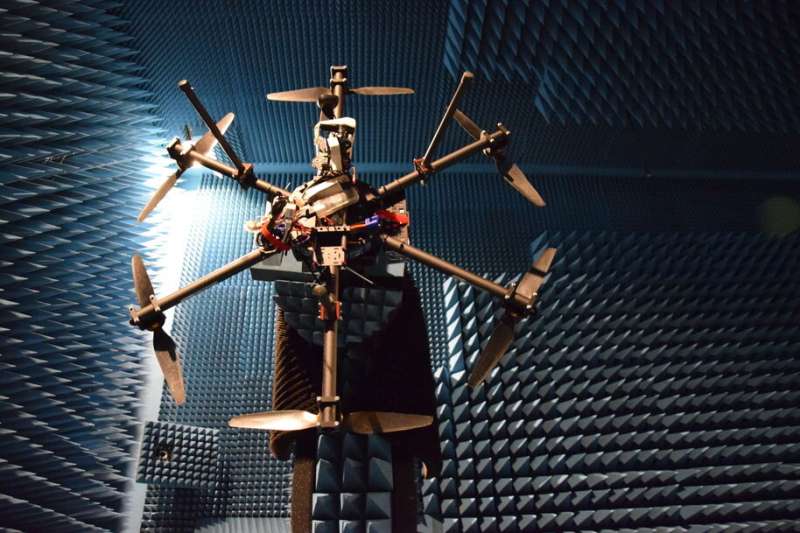New research improves drone detection for increased public safety

Unmanned aerial vehicles (UAV), commonly known as drones, are widely used in mapping, aerial photography, rescue operations, shipping, law enforcement, agriculture, among other things. Despite great potential for improving public safety, use of drones can also lead to very undesirable situations, such as privacy and safety violations, or property damage. There is also the highly concerning matter of drones being harnessed to carry out terrorist attacks, which means a threat to public safety and national security.
Radar technology is one of the solutions to monitor the presence of drones and prevent possible threats. Due to their varying sizes, shapes and composite materials, drones can be challenging to detect.
Researchers from Aalto University (Finland), UCLouvain (Belgium), and New York University (U.S.) have gathered extensive radar measurement data, aiming to improve the detection and identification of drones. Researchers measured various commercially available and custom-built drone models' Radar Cross Section (RCS), which indicates how the target reflects radio signals. The RCS signature can help to identify the size, shape and the material of the drone.
"We measured drones' RCS at multiple 26-40 GHz millimetre-wave frequencies to better understand how drones can be detected, and to investigate the difference between drone models and materials in terms of scattering radio signals. We believe that our results will be a starting point for a future uniform drone database. Therefore, all results are publicly available along with our research paper," says the author, researcher D. Sc. Vasilii Semkin.
The publicly accessible measurement data can be utilized in the development of radar systems, as well as machine learning algorithms for more complex identification. This would increase the probability of detecting drones and reducing fault detections.
"There is an urgent need to find better ways to monitor drone use. We aim to continue this work and extend the measurement campaign to other frequency bands, as well as for a larger variety of drones and different real-life environments," Vasilii Semkin says.
The researchers suggest that 5G base stations could made in the future for surveillance.
"We are developing millimetre-wave wireless communication technology, which could also be used in sensing the environment like a radar. With this technology, 5G-base stations could detect drones, among other things," says professor Ville Viikari from Aalto University.
More information: Vasilii Semkin et al. Analyzing Radar Cross Section Signatures of Diverse Drone Models at mmWave Frequencies, IEEE Access (2020). DOI: 10.1109/ACCESS.2020.2979339
















